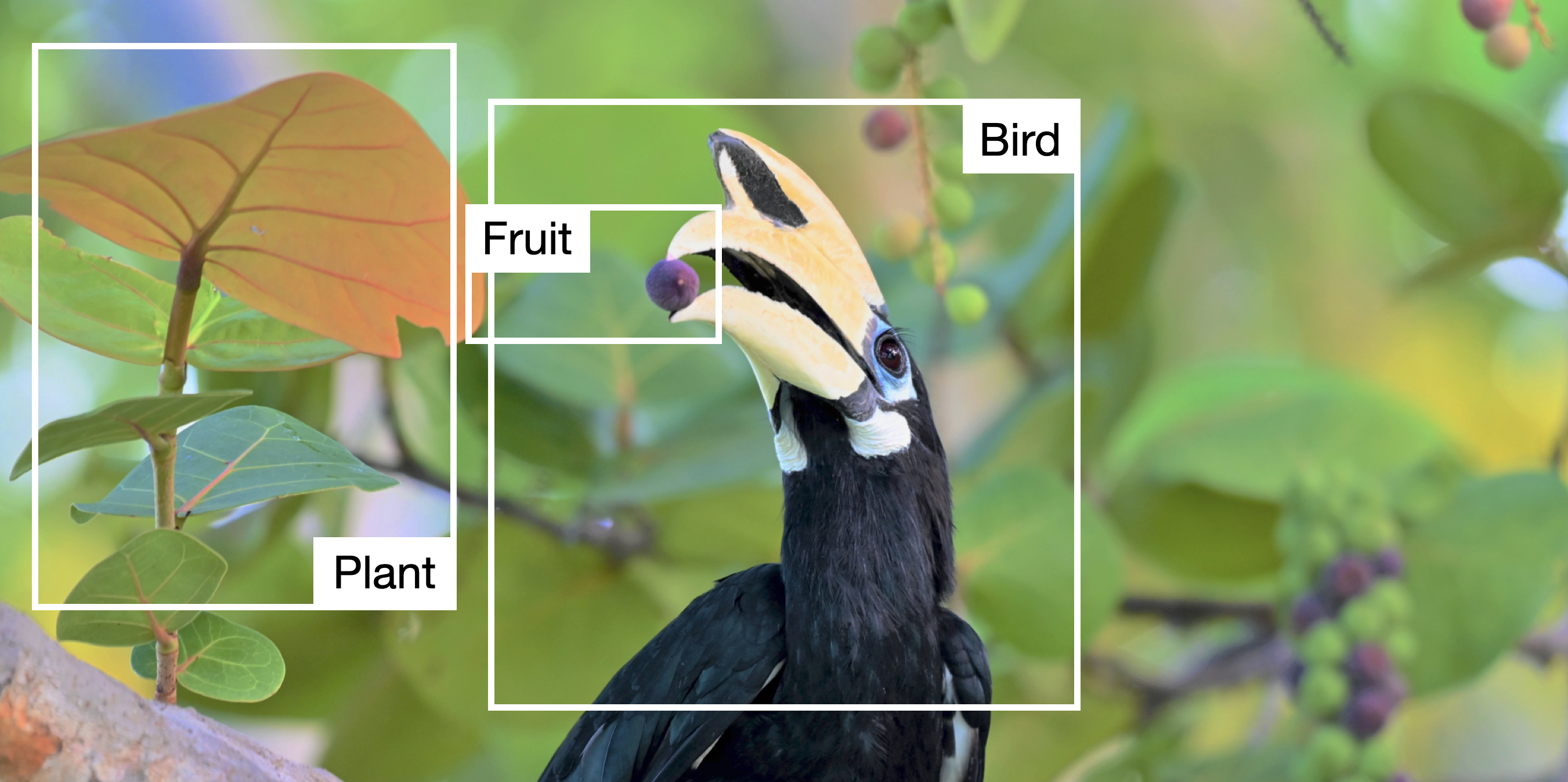Recent advances in artificial intelligence (AI) and data analytics have given us powerful new tools for scientific discovery in ecology and evolutionary biology, but these tools must be used wisely with a full understanding of their strengths and limitations. In this course you will learn about how AI and data analytics have been and are being used to i) identify and monitor species and interactions, ii) map and analyze large-scale spatial patterns of biodiversity and iii) understand the evolutionary connections between populations, species and communities. The lecture portion of the course will be complimented by a lab section in which students will collect a dataset of plant images at the Royal Botanic Gardens, Kew. This plant image dataset will be used to i) train a computer vision model, ii) map and analyze global patterns of plant biodiversity and iii) build and analyze a phylogenic tree of their evolutionary relationships.

BIO728P - AI and Data Analytics in Ecology and Evolution - 2023/24
Recent advances in artificial intelligence (AI) and data analytics have given us powerful new tools for scientific discovery in ecology and evolutionary biology, but these tools must be used wisely...